The Unseen Mentor Behind Rory McIlroy’s Journey to Glory
While Rory McIlroy has earned accolades that rival those of legendary golfer Tiger Woods, his longtime coach remains an enigmatic figure, often going unnoticed in clubhouses. Padraig Harrington, a three-time major winner, recalls competing against Michael Bannon in a play-off at the Irish Professional Championship in 1998, stating, “He was a club professional with a respectable reputation, though I wouldn’t have recognized him at that point. I’m more aware of him now—if anyone is. I’m not sure if anyone truly knows him.” Fellow golfer and former Ryder Cup captain Paul McGinley echoes this sentiment, commenting on Bannon’s unassuming nature: “He’s a modest man, very much beneath the radar; he fits right in with team McIlroy.”
Bannon has limited his media presence, only granting a handful of interviews to promote a junior coaching series in 2020. Throughout McIlroy’s prolonged quest for major championships, Bannon preferred to maintain a low profile, continuing to coach amateur golfers at Bangor Golf Club in Northern Ireland for a modest fee of £75 per session even after McIlroy’s triumphant eight-shot win at the 2011 US Open.
This approach remains constant following McIlroy’s emotional victory at the Masters, as his camp politely declined media inquiries: “Michael values his privacy and, unlike many coaches on the tour, does not feel the need to enhance his public persona, so he prefers to remain out of the spotlight.”
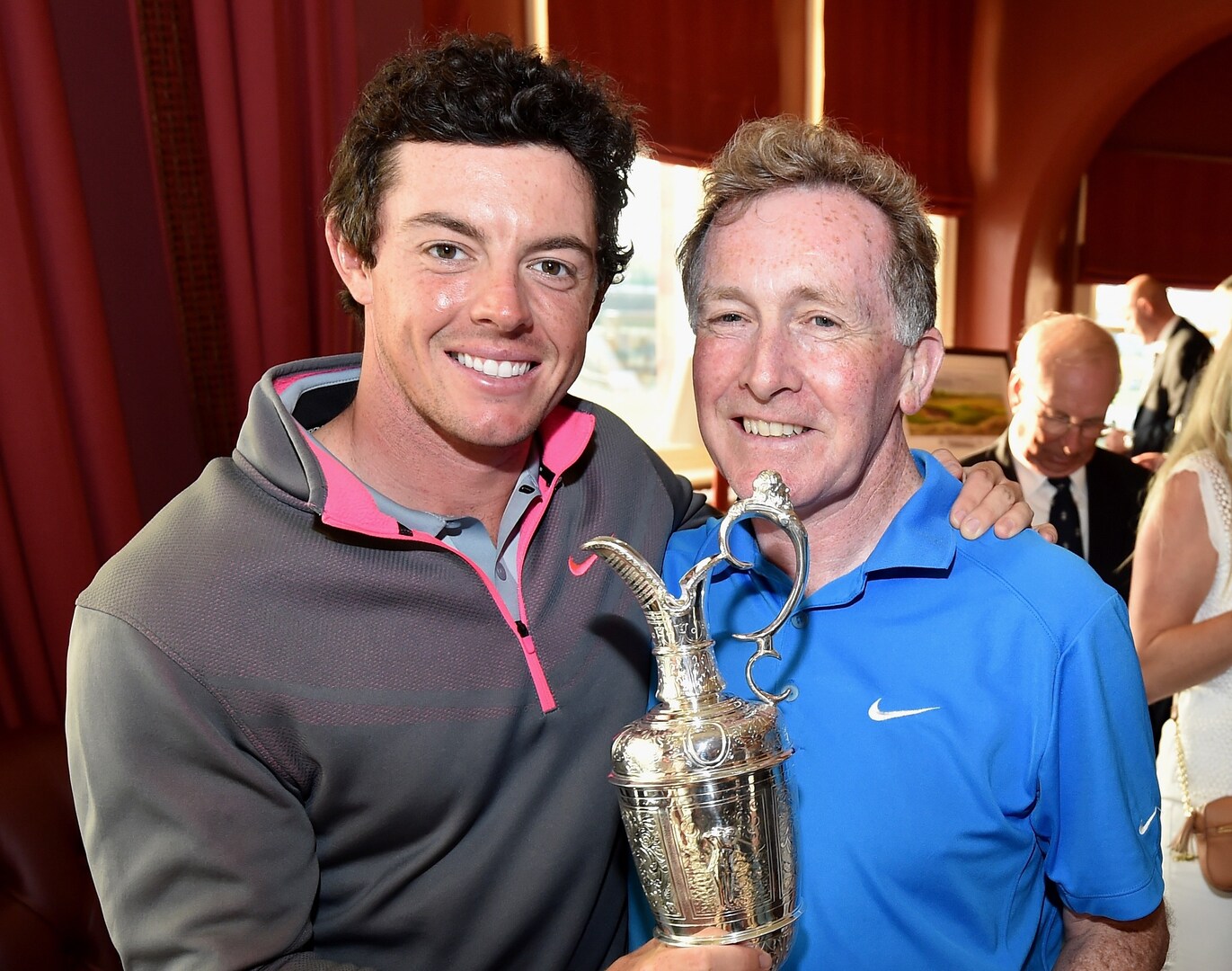
However, after experiencing both trials and triumphs at Augusta, McIlroy chose to celebrate his victory back home in Northern Ireland with his coach, a person he regards as second only to his parents in significance. McIlroy first expressed his ambition of securing all four major titles during a BBC interview at the young age of eight in 1998, the same year Bannon commenced his coaching journey with him at Holywood Golf Club.
Their partnership represents an inspiring narrative in a sport where athletes continuously seek an edge. While McIlroy admired golf greats like Sir Nick Faldo and Tiger Woods, who reinvented their swings during their careers, Bannon has served as a steadfast advisor for McIlroy over the decades, despite McIlroy occasionally seeking guidance from more high-profile coaches like Butch Harmon and Pete Cowen.
Harrington notes, “It’s common for elite players to part ways with their local coach, chasing the notion that the grass is greener. Yet, Michael has remained steadfast in his coaching philosophy, which is indicative of an excellent coach. The last thing you want is someone who panics and shifts direction with new ideas because their player is exploring other options.
“Frequently, it is the local coach who shares a special bond with the star player, fostering a passion for the game. Assuming the coach is competent, that love for the sport becomes paramount.”
This bond was nurtured at the driving range in Holywood, where three-year-old McIlroy would watch his father, Gerry, hit balls after work. A long-time friend of Bannon’s, Gerry passed the coaching duties to him after purchasing a set of clubs that were too large for McIlroy, requiring them to be shortened by six inches.
Bannon recalled in 2020, “I told him those clubs didn’t fit, and he said, ‘You know more than me; you take care of him.’ So that’s how it began. Our approach was quite similar to today: I’d point out a couple of flaws, offer a few tips, then Rory would practice and come back for further review.”
This downplays the countless hours they spent at Bangor Golf Club, where Bannon became head professional in 1999. McIlroy once remarked, “I believe the effort I put into my swing between the ages of 15 and 20 will sustain me throughout my career,” but Bannon recognized early on that McIlroy possessed unique talent.

Bannon himself was a capable amateur, competing against Ronan Rafferty, a future seven-time European Tour champion, in the 1980 Irish Amateur Close final and feeling the nerves that led to a substantial loss. Nevertheless, he was so struck by McIlroy’s skill that he confidently informed Bangor members he would become “the best player Ireland has ever produced.”
Bannon expressed in 2011, “I can see why people are drawn to watch him play; he possesses a quality that is hard to define. Like Georgie Best or Joey Dunlop, there’s something exceptional about his play that captivates.”
Had Bannon not chosen to leave his banking position in Belfast to pursue a career as a PGA teaching pro after his own competitive aspirations faltered, things could have been very different. “Everyone thought he was crazy, but he was just determined,” recalls Seamy Bowler, the honorary treasurer at Bangor Golf Club, where Bannon started his teaching journey.
Initially, Bannon served as an assistant at Ardglass before linking up with McIlroy in Holywood and then moving to Bangor. Bowler describes Bannon as a “soft-spoken and genuinely nice” father of four who engaged in a playful side, often swapping his expertise for services like vehicle repairs.
“I had a pitching lesson the morning of a tournament, and just as I was about to tee off, he called over the other competitors, pulled out his video camera, and started chuckling,” Bowler reminisced. “I told him I’d get him back for this, questioning how he could betray my trust. It turned out he actually hadn’t shown them anything, but he planned the entire episode to make me laugh shortly before my shot.”
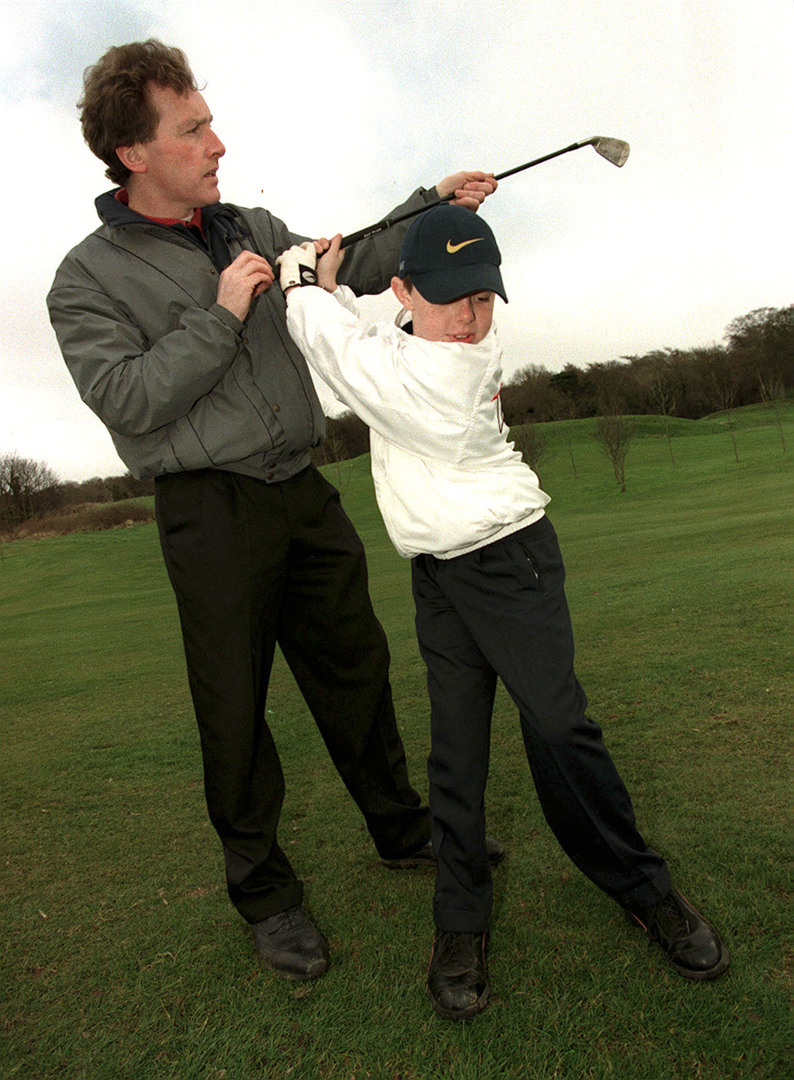
Bannon initially hesitated to travel full-time with McIlroy on the tour, not wanting to be away from home but eventually agreed to take on the responsibility in 2012 after McIlroy urged him, saying, “Michael, I’m the world No. 1. What else should I do?”
Shortly after, McIlroy claimed his second major title at the US PGA Championship. He followed that success with two more majors in 2014 while Bannon consistently downplayed his contributions, stating, “I feel honored to coach Rory to his current level, but I’m also humble. Rory owns his swing; he’s the one controlling the shots.” In response to an inquiry about being labeled the world’s best coach, Bannon said, “I’m not the best coach in the world. I coach the best player in the world.”
McIlroy’s challenges in major tournaments often stemmed from his temperament and putting, rather than purely technical flaws, leading to numerous victories on the PGA Tour. After attempting a significant swing adjustment in 2020, modeled after Bryson DeChambeau’s powerful style, McIlroy struggled with inconsistency.
He and Cowen collaborated for eight months during the pandemic, but after an emotional experience at the Ryder Cup, he returned to Bannon, stating, “While I value my relationship with Pete, my focus is now on Michael.” Since then, McIlroy has celebrated 11 victories and ranked in the top ten at nine of his last 13 major tournaments.
As Paul McGinley observes, “The older I become in this sport, the more I recognize that effective coaching isn’t about discovering new methods. Jack Nicklaus maintained his relationship with Jack Grout for his entire career, emphasizing that golf is fundamentally about mastering the basics early on and consistently maintaining them with guidance. This philosophy is pivotal in Rory’s training.
Michael’s coaching approach isn’t complex; it often focuses on Rory’s alignment. It’s not about introducing revolutionary changes but rather refining Rory’s intrinsic abilities.”
Bannon avoids social media, his website has long since ceased operation, and unlike other coaches who seek out opportunities on the range, he refrains from teaching other tour players. In a world dominated by celebrity coaches, he remains reluctant to seek the spotlight, yet the foundation he built nearly three decades ago endures as an integral part of one of golf’s most illustrious careers.
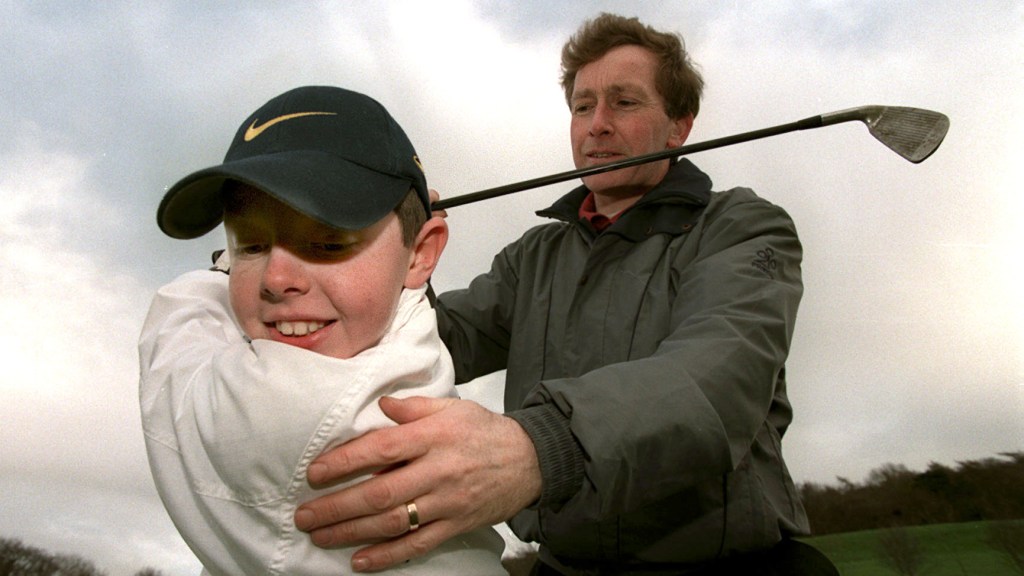
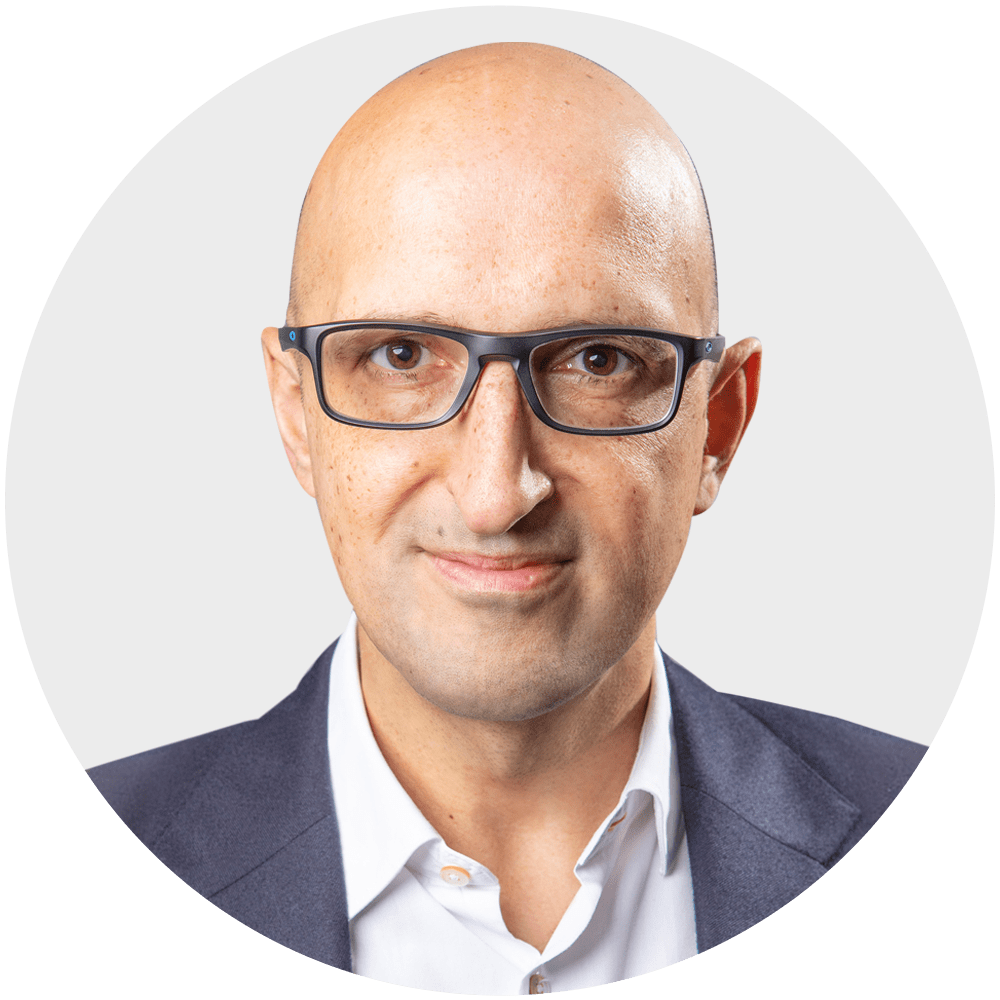
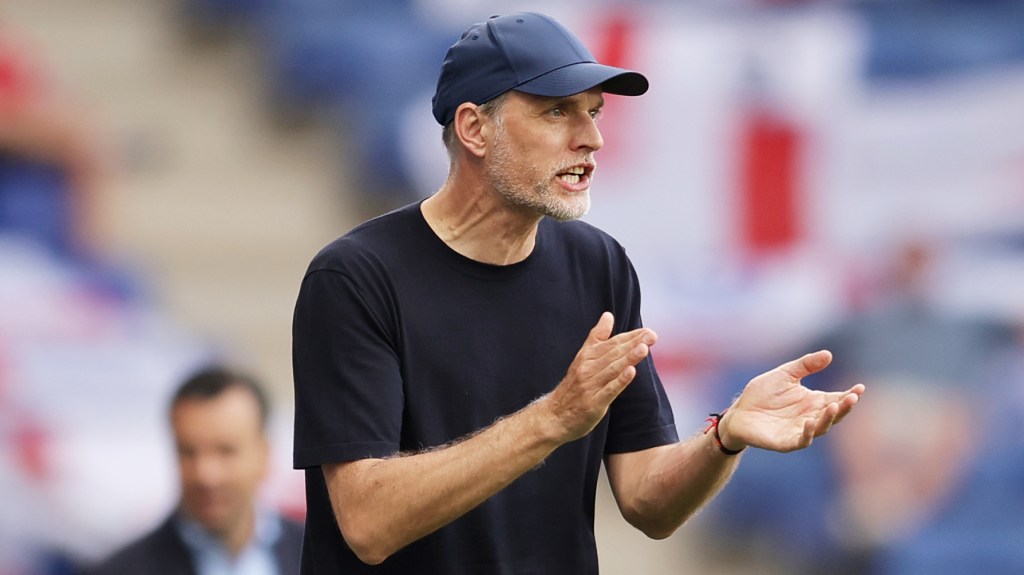
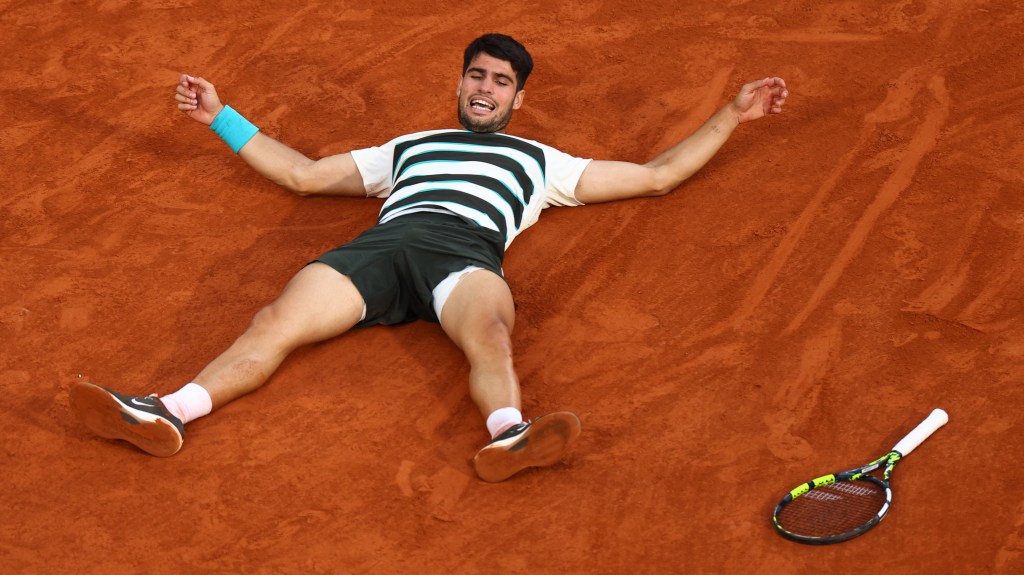
Post Comment